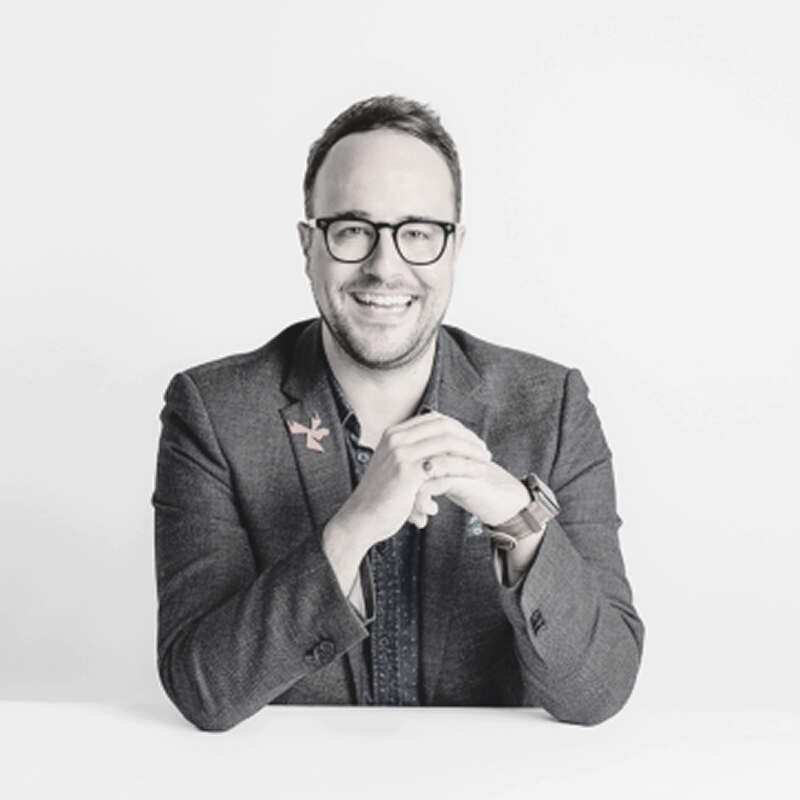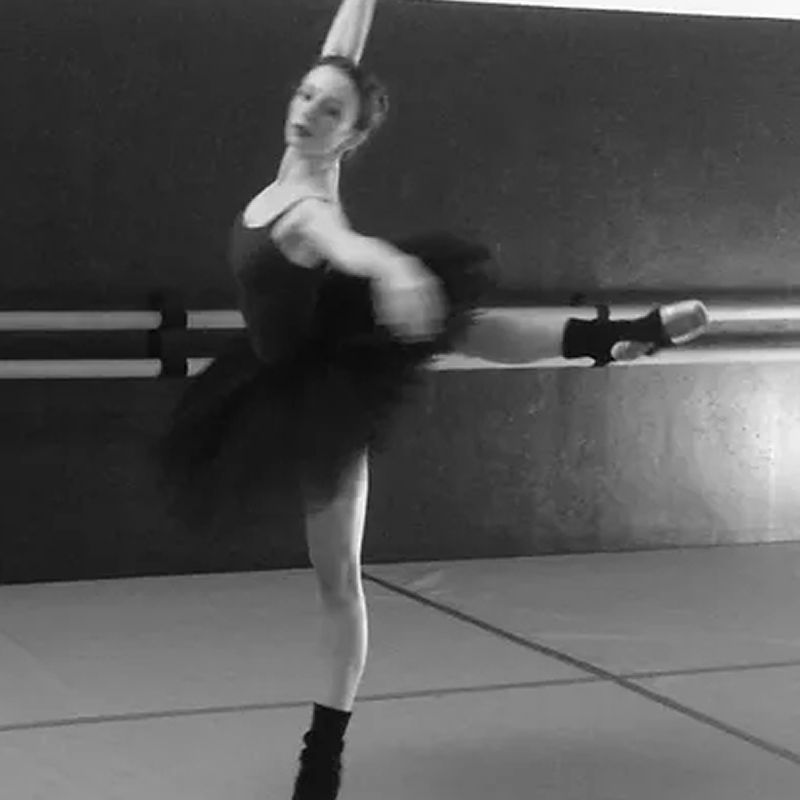Is applying for junior roles at 27 really a step backwards? Nick Hunter and Caitlin Thamm share honest advice for in-house designers feeling stuck with stale folios and creeping self-doubt. Learn how to turn constraints into strengths, add personality with side projects, and why a so-called step back might be the leap you need.
There’s something uniquely deflating about feeling like you’re moving backwards just as everyone else seems to be racing ahead. Your corporate mates are buying houses, and you’re sitting there wondering if your portfolio — cobbled together from years of in-house work — still cuts it outside those brand guidelines. It can feel like creative quicksand.
Nick Hunter — Co-founder, CEO and Executive Creative Director at Paper Moose — and psychologist Caitlin Thamm sat down with Sarah Nguyen from Streamtime to tackle this knotty question: is applying for a junior role at 27 a step back, or actually a smart leap forward?
First things first — 27 is not old in creative years. Not even close. "27 that's very early in your career," Nick says, cutting through the self-doubt. "I feel like you're probably being a little hard on yourself because if you're still in a junior to mid position at that life stage that is perfectly okay."
The feeling you’re “behind” is classic imposter syndrome mixed with unrealistic expectations. Caitlin puts it simply: "Don't sell yourself short and 27 is young." Comparing your messy middle to someone else’s highlight reel never ends well.
Working in-house gets a bad rap, but it shouldn’t. Nick explains why: "I can see that you're a great crafts person even though it's on this particular brand but I can see that you have all the fundamentals."
The trick is how you talk about it. "The way you talk about an in-house project would impact it. The thinking behind something and the constraints and if you had to talk about the strength that had due to the in-house style guide or technical constraints... that also potentially shows the strategy and flexibility around that project."
You’re not just a button-pusher — you’re someone who’s learned how to navigate constraints, build relationships, and make things happen within a real business. That’s gold dust for any agency.
"You can see being in house as a strength as well because you understand the forces within a client that might help you then communicate better to the clients when you might be on the other side an agency side – you could sort of speak their language a little bit more."
If your folio feels stale, don’t toss it all — add to it. Nick shares what he looks for: "They often have something on their website that is their passion projects and it might be some illustration work it might be something that they've done outside of their client."
That mix is where the magic happens. "That's generally where I find the spark and their personality because then I can marry the two things."
And don’t underestimate the power of going all-in on one detail, even inside constraints: "You get out of it what you put into it." Focus in, get better at that thing — whether it’s type, motion, or layouts — and let that shine through.
Yes, applying for junior roles at 27 might feel humbling — but is it really? Caitlin reframes it: "You don't know what you could get out if you were to go into a junior role... maybe then they'll see that oh yeah actually they're so much more capable and it'll mean opportunities can open up faster for you."
Sometimes you need to take a sideways step (or what feels like a backwards one) to build momentum for what’s next. "Trust the process and if you find it not for you then that's fine you can always go back to drawing board."
As Sarah adds, "Nothing is permanent." A junior title isn’t forever. It’s just the next rung on the ladder.
In-house portfolios often fall flat because they skip the story. Nick reminds us: "The creativity in those personal projects definitely help you shine creatively but also talking about what the in-house projects were and how you got the best out of what you had."
Those constraints? They’re your proof of adaptability, grit, and strategic thinking — qualities that never go out of date.
The comparison trap is brutal — but remember, creative careers are rarely linear. The fact you care enough to question it means you’ve got more than enough fuel to keep moving.
So polish up your folio with a mix of solid craft and personal spark. Tell the story of how you’ve worked within real-world limits. And if that means applying for a junior title to get back on a path that feels right for you — there’s nothing humbling about that. It’s just smart.
You’re not behind. You’re just not done yet.

Co-founder, CEO & ECD of B Corp agency Paper Moose, blending strategy and craft to drive positive change across sectors from NFP to finance, tourism and beyond.

A psychologist and former dancer supporting creatives, especially dancers. Drawing on 15 years in the industry and qualifications in human services and counselling, she offers a safe, empathetic space for clients to work through challenges and grow.




